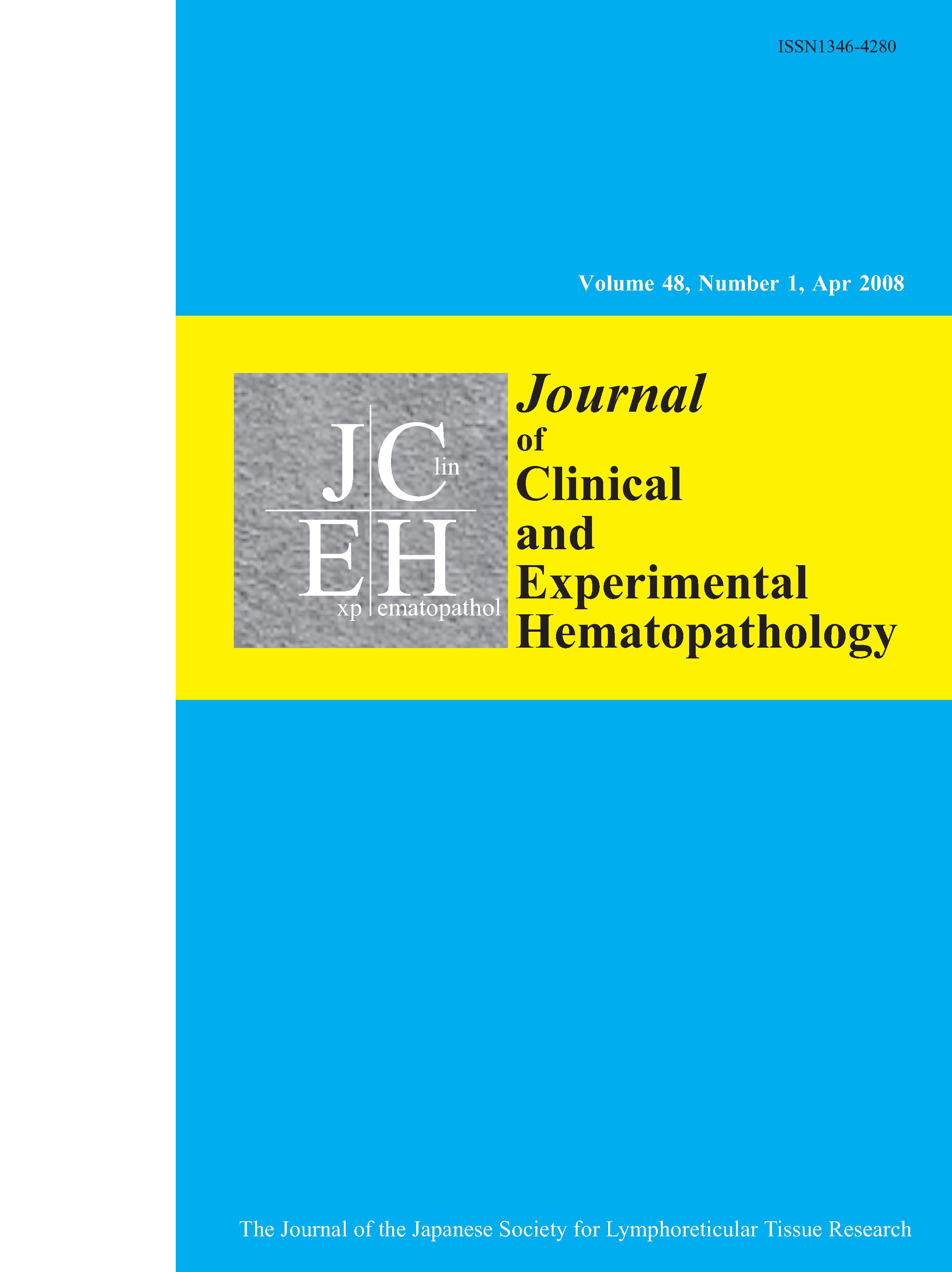Volume 55, Issue 3
Displaying 1-10 of 10 articles from this issue
- |<
- <
- 1
- >
- >|
Original Article
-
2015 Volume 55 Issue 3 Pages 121-126
Published: 2015
Released on J-STAGE: January 13, 2016
Download PDF (501K) -
2015 Volume 55 Issue 3 Pages 127-135
Published: 2015
Released on J-STAGE: January 13, 2016
Download PDF (780K) -
2015 Volume 55 Issue 3 Pages 137-143
Published: 2015
Released on J-STAGE: January 13, 2016
Download PDF (2034K) -
2015 Volume 55 Issue 3 Pages 145-149
Published: 2015
Released on J-STAGE: January 13, 2016
Download PDF (141K)
Case Study
-
2015 Volume 55 Issue 3 Pages 151-156
Published: 2015
Released on J-STAGE: January 13, 2016
Download PDF (627K) -
2015 Volume 55 Issue 3 Pages 157-161
Published: 2015
Released on J-STAGE: January 13, 2016
Download PDF (1412K) -
2015 Volume 55 Issue 3 Pages 163-168
Published: 2015
Released on J-STAGE: January 13, 2016
Download PDF (244K) -
2015 Volume 55 Issue 3 Pages 169-174
Published: 2015
Released on J-STAGE: January 13, 2016
Download PDF (1267K) -
2015 Volume 55 Issue 3 Pages 175-180
Published: 2015
Released on J-STAGE: January 13, 2016
Download PDF (497K) -
2015 Volume 55 Issue 3 Pages 181-185
Published: 2015
Released on J-STAGE: January 13, 2016
Download PDF (187K)
- |<
- <
- 1
- >
- >|
